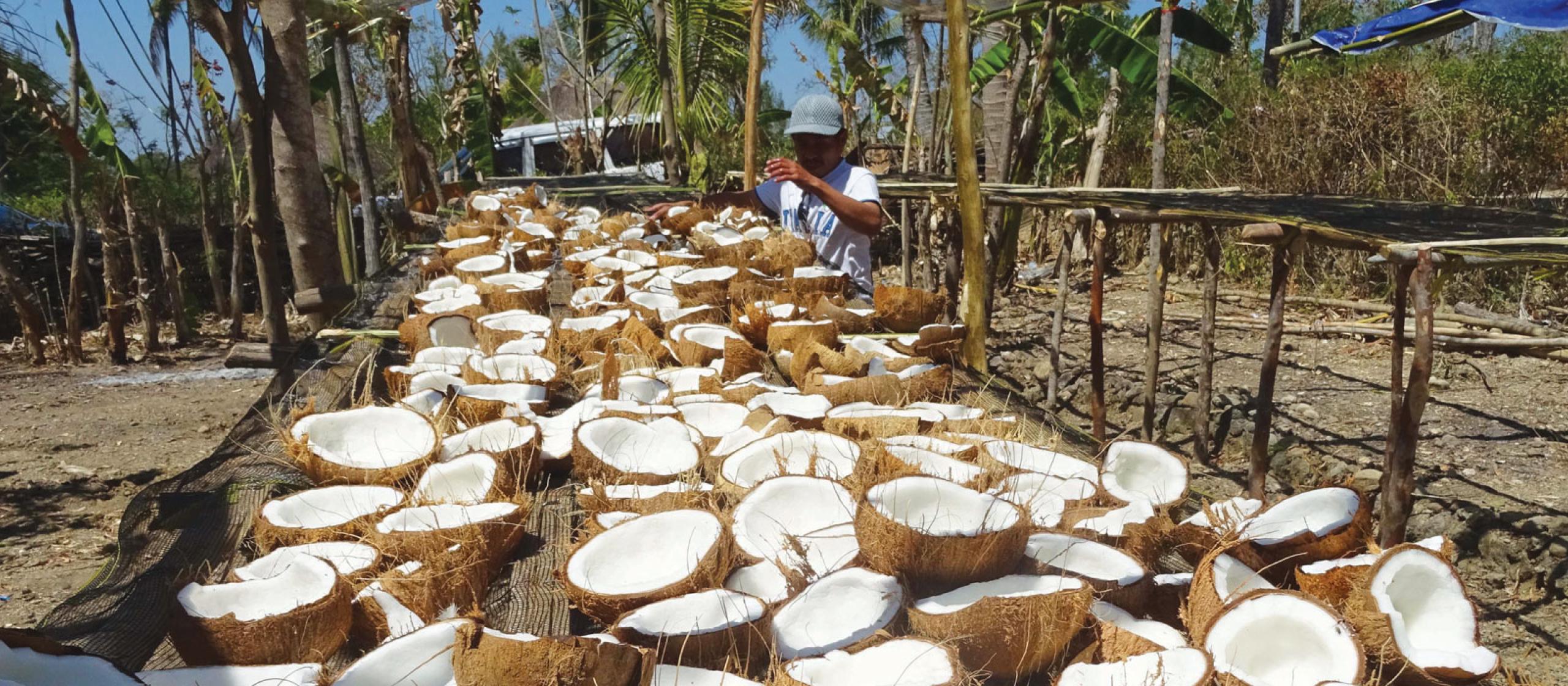The future of the coconut industry, including breeding for climate resilience, was an important topic at the 50th international COCOTECH conference held in November 2022 in Kuala Lumpur, Malaysia.
The industry’s approach to climate change, appropriate policies, agronomic practice strategies and genetic development strategies were part of the discussion.
Dr Julianne Biddle, ACIAR director of multilateral engagement, having a background and continued interest in coconut research, attended the conference.
Coconuts are regularly grown in areas that are exposed to extreme weather events such as cyclones, typhoons, tsunamis and droughts. With climate change further aggravating these conditions, Dr Biddle noted that there appeared to be a common drive towards seeking new coconut varieties with more resilience to these conditions.
‘Some farmers are living and growing coconuts in areas that are becoming quite challenging at the moment, and some are not going to be able to stay where they are. We’ve already seen areas in Fiji where people have had to move due to constant water inundation,’ said Dr Biddle.
She said breeding for traits such as higher tolerance to water inundation and salt exposure are things that may be able to reduce the challenges created by changing climate conditions.
‘We’re looking at more extreme weather and ways we can create more tolerant varieties for these conditions is becoming a priority.’
Conserving and analysing coconut genetic resources will be a very important step in working towards more resilient varieties, and Dr Biddle is optimistic about the growing collaborative spirit in the coconut sector.
‘The network seems to be more connected than I have ever seen it over the years, more motivated,’ she said. ‘There’s a lot of people willing to collaborate and willing to find solutions and I’m hopeful that they will be successful in doing that: in sharing germplasm, protecting germplasm and then classifying it.’
The collaboration of Pacific island countries through this ACIAR-supported project aims to empower regional authorities and farmers alike with the resources and knowledge they need to protect this culturally and economically important crop. The project is expected to run until the end of 2025.



